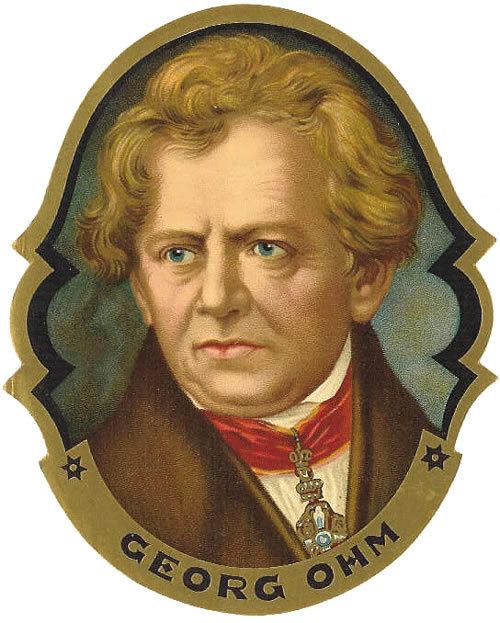
The most basic and most widely used of all the laws of electricity, Ohm’s Law, was published in 1827 by the German physicist Georg Simon Ohm in his great work “The Galvanic Chain, Mathematically Treated” . Without Ohm’s Law we could not analyze the simplest galvanic chain (electric circuit). The Royal Society of London awarded him the Copley Medal in 1841, and the University of Munich gave him its Professor of Physics chair in 1849. He was also honored after his death when the ohm was chosen as the unit of electrical resistance.
Every physical quantity that is measured is compared to a unit, which is a fundamental, freely selected, globally recognised reference standard. A number (or numerical value) with a unit are used to express the result of measuring a physical quantity. Despite the seemingly vast number of physical quantities, we only use a small number of units to express them all since they are all related to one another. Hence the scientists have divided the physical quantities and their units into two catagory namely Fundamental and Derived . Fundamental or base units are the units for fundamental or base quantities. All other units can be expressed in terms of combinations of the base units. These are called derived units and are used for the derived quantities.
In this chapter we are going to study about Fundamental and Derived quantities with their units and Dimensions. We will also see the cause of errors in the experiments and their calculations. This chapter gives the students knowledge like how to write the units properly,how the dimensions can be used to check a given formula, what is accuracy and errors how to measure them and so on. In other words this chapter makes the base of the students so that he can enter the vast world of physics and understand the laws and concepts of physical phenomena happening in his surrounding world.
Get Full Access Of the Chapters
